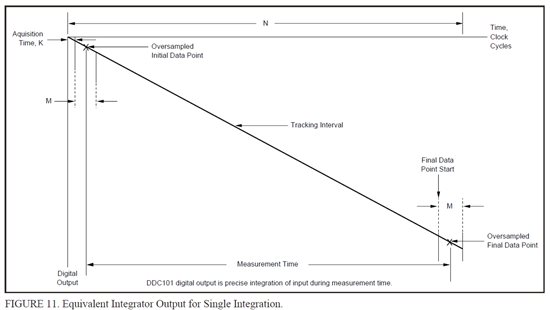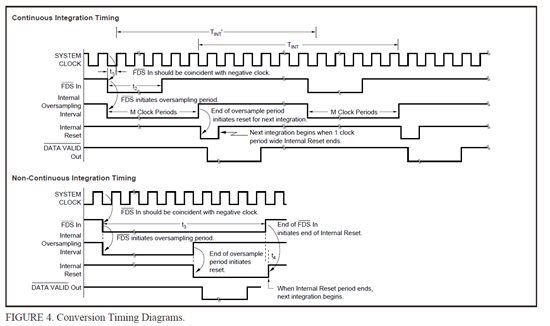Hello,
I´m working with the DDC 101. I know this is a very old part, but the company wants still to work with it.But I´m new here and at the moment theres nobody here who can helb me.
I´ve read the DataSheet several times, but I do not really understand where I can see how I can calibrate the integration time. Is there a formula where I can see this. Or is the integration time always the same?
Thanks for your answers!



